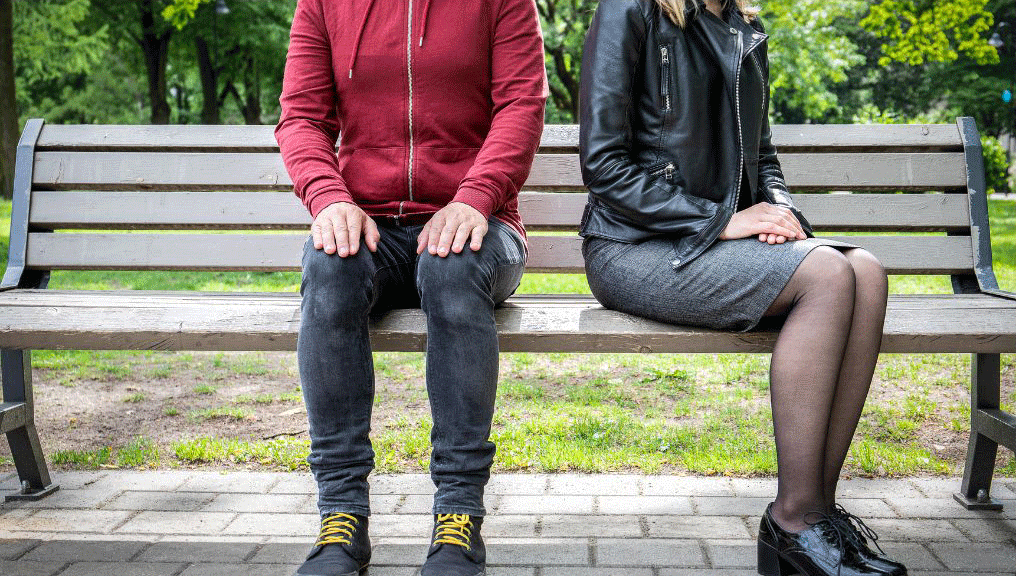As a form of nonverbal communication, body language can be a powerful tool for conveying messages and building connections with others. It can reveal a person’s emotions, intentions, and motivations, often without them ever saying a word. Understanding and effectively using body language can positively impact your personal and professional relationships.
Body language is a fascinating aspect of communication that many people overlook. Interpreting body language can tell us a lot about a person’s true thoughts and emotions. It can also greatly affect how people view us.
Learning about body language secrets can help us to improve our own communication skills and better understand the people around us.
Facial expressions are one of the most important aspects of body language. They can convey a wide range of emotions, from happiness and excitement to anger and frustration. We can get a better understanding of someone’s feelings and reactions by observing their facial expressions. This helps us to gauge their response to what we’re saying.
This could be a sign of disengagement or unhappiness. It may manifest through frowning or looking away during a conversation.
Posture is another important aspect of body language. Good posture can convey confidence and authority, while slouching can make us appear uninterested or unengaged. By standing up straight and maintaining good posture, we can project an image of confidence and professionalism. When sitting, we should avoid crossing our arms or legs, as this can signal defensiveness or hostility.
Gestures are another important aspect of body language. They can help to emphasize points and make our communication more effective. It is important to be aware of cultural norms regarding gestures. Unfamiliar gestures can be rude or offensive in different cultures.
It is important to be aware of the gestures we use. The “OK” gesture, for instance, could be seen as offensive in some cultures. Therefore, we should be mindful when using it.
Finally, the tone of our voice can also convey important information. The way we speak, including our volume, pitch, and cadence, can signal our emotions and intentions. By speaking in a calm, confident voice, we can convey a sense of authority and control. By speaking in a gentle, soothing voice, we can convey warmth and compassion.
Here are some examples of common body language signals and their meanings:


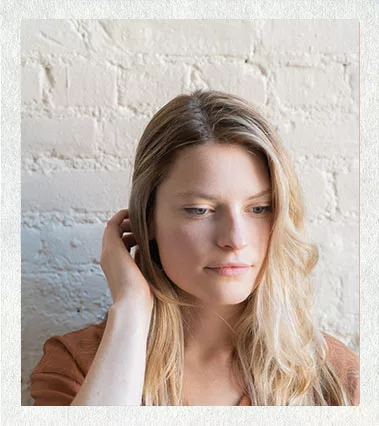
1. Hand gestures – Hand gestures are an important aspect of nonverbal communication. They can convey a wide range of meanings and emotions, from emphasizing a point to expressing frustration or anger. Some common hand gestures include pointing, waving, shaking hands, and giving the thumbs up. Hand gestures can improve your communication skills. They can help you build deeper connections with people. Learning to use them effectively is key.
2. Crossed arms – Crossed arms are a common body language posture that can convey a variety of meanings. While it may simply be a comfortable way to stand or sit for some people, it can also be a sign of defensiveness, insecurity, or disagreement. When someone crosses their arms, it can create a physical barrier between themselves and others, indicating a desire to protect themselves or maintain distance.
3. Touching hair or face – It can indicate nervousness, insecurity, or even flirtation. When someone touches their hair, it may be a sign of preening or grooming behavior, which can be seen as a subconscious attempt to make oneself appear more attractive. However, it’s important to note that touching the hair or face can also be a sign of discomfort or anxiety, especially when combined with other nonverbal cues such as avoiding eye contact or fidgeting.
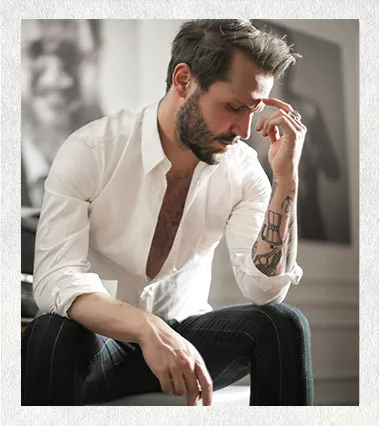

4. Slouched posture – is a common nonverbal gesture that can convey a variety of meanings, such as low confidence, fatigue, or disinterest. When someone slouches, their shoulders may be hunched forward and their spine may be curved, giving the appearance of a lack of energy or motivation. Slouching can also create a physical barrier between the person and others, which can be seen as a way of protecting themselves or maintaining distance.
5. Eye contact – Maintaining eye contact during a conversation can indicate interest, engagement, and respect for the other person. It can also convey confidence and authority, as well as trustworthiness.
However, avoiding eye contact can also have various meanings. It can indicate shyness, anxiety, or discomfort, or it may be a way of showing disrespect, disinterest, or even deception. In some cultures, avoiding eye contact is seen as a sign of respect or deference, while in others it can be considered rude or suspicious.
Additionally, excessive or prolonged eye contact can also be perceived as threatening or aggressive, so it’s important to find a balance that feels natural and comfortable for both parties.

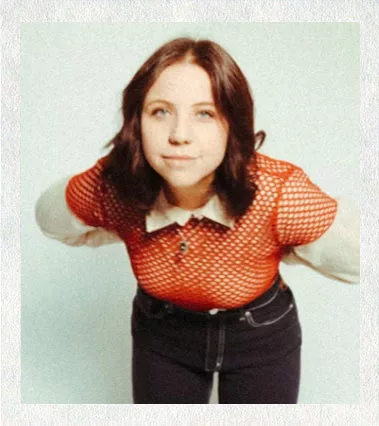

6. Looking down – When someone looks down during a conversation, it can be an indication of shyness or submissiveness. They may feel uncomfortable or nervous and use this gesture as a way of avoiding direct eye contact. However, it can also be a sign of guilt or dishonesty, as the person may be avoiding the other person’s gaze to hide something.
7. Leaning forward – Leaning forward can indicate interest, engagement, and openness. It can convey a sense of enthusiasm and willingness to listen, as well as a desire to connect with the other person. It’s important to note that excessive leaning forward can also be seen as invasive or aggressive, so it’s important to find a comfortable distance that respects personal boundaries.
8. Turning away – Turning away from someone during a conversation can be a sign of disinterest, discomfort, or even rejection. It may indicate that the person is not fully engaged in the conversation or is trying to distance themselves from the other person. In some cases, turning away may simply be a result of physical discomfort or distraction.
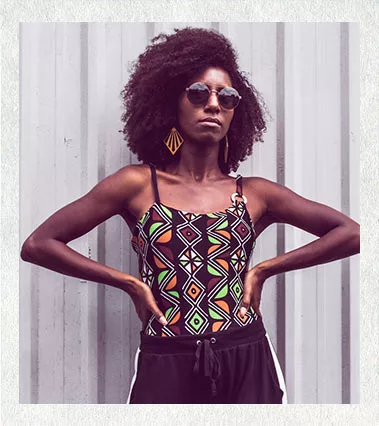

9. Nodding – Indicates agreement, interest, or attentiveness. It can also be a way to encourage the person speaking to continue or to show that you are following what they are saying.
10. Fidgeting – Refers to small, repetitive movements such as tapping one’s foot or playing with a pen. It is often a sign of nervousness or restlessness.
11. Standing with hands on hips – Standing with hands on hips is a posture that communicates confidence and assertiveness. It can also indicate impatience or frustration.
12. Tapping fingers or feet – Tapping one’s fingers or feet is a type of fidgeting that can indicate impatience or nervousness. It can also be a way to release excess energy or tension.
13. Tilting head – Tilting one’s head to the side is a nonverbal cue that can indicate interest or curiosity. It can also be a way to show empathy or to signal that you are listening attentively.
14. Smiling – Smiling is one of the most common and easily recognized facial expressions, and it can convey a wide range of emotions, from happiness and friendliness to nervousness and embarrassment.
A genuine smile typically involves the eyes as well as the mouth, with the corners of the eyes crinkling and the cheeks lifting slightly.
A fake smile only involves the mouth. It can be identified by the absence of movement in the eyes and cheeks.
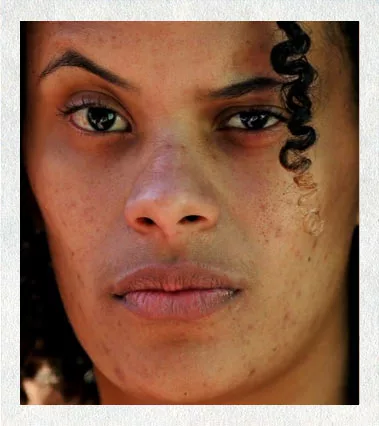
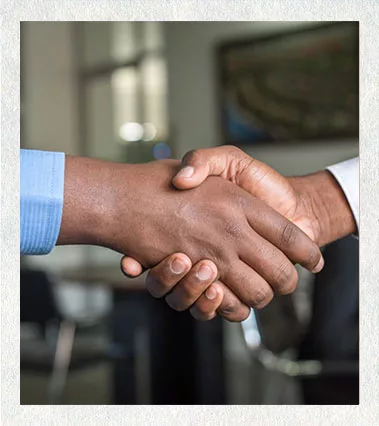

15. Raised eyebrows – Raised eyebrows can be a subtle but powerful facial expression that can convey surprise, skepticism, or interest. Someone may raise their eyebrows when they are surprised or intrigued by something. This serves as an indication of their engagement with the conversation or situation. Raised eyebrows can be a sign of skepticism or disbelief. This is especially noticeable when they are paired with a frown or narrowed eyes. Overall, raised eyebrows are versatile and nuanced facial expressions that can convey a wide range of emotions and thoughts.
16. Handshake – A handshake is a universal gesture of greeting, agreement, or congratulations. A firm handshake is a sign of confidence and trustworthiness. On the other hand, a weak handshake can indicate a lack of confidence or disinterest.
17. Mirroring – Mirroring refers to the act of subtly copying the body language of the person you are interacting with. This can be a sign of building rapport and establishing a connection. This can mean the other person is paying attention to you. They may be trying to make you feel comfortable and build a connection.


18. Pointing –Is used to indicate a specific direction, person, or object. It can be a sign of assertiveness or emphasis, but can also be perceived as aggressive or confrontational.
19. Sitting straight – Sitting straight and maintaining good posture is often associated with confidence, professionalism, and attentiveness. On the other hand, slouching or hunching can give off the impression of disinterest or a lack of confidence.
20. Frowning – Is a facial expression that typically conveys sadness, anger, or displeasure. It can be a sign of disagreement, confusion, or frustration. In some cultures, frowning does not always mean negative emotions. It can be an indication of concentration or deep thought.
Body language can reveal a lot about a person’s thoughts, feelings, and intentions.
Being aware of your own body language and understanding how to interpret the body language of others can be an incredibly useful tool in personal and professional interactions.
If you feel like you could benefit from improving your body language or would like guidance on how to better understand the body language of others, contact Dr. Benejam, he can provide you with individual or executive coaching to help you achieve your goals and improve your communication skills.
You can make an appointment by calling (561) 376-9699 or (305) 981-6434

